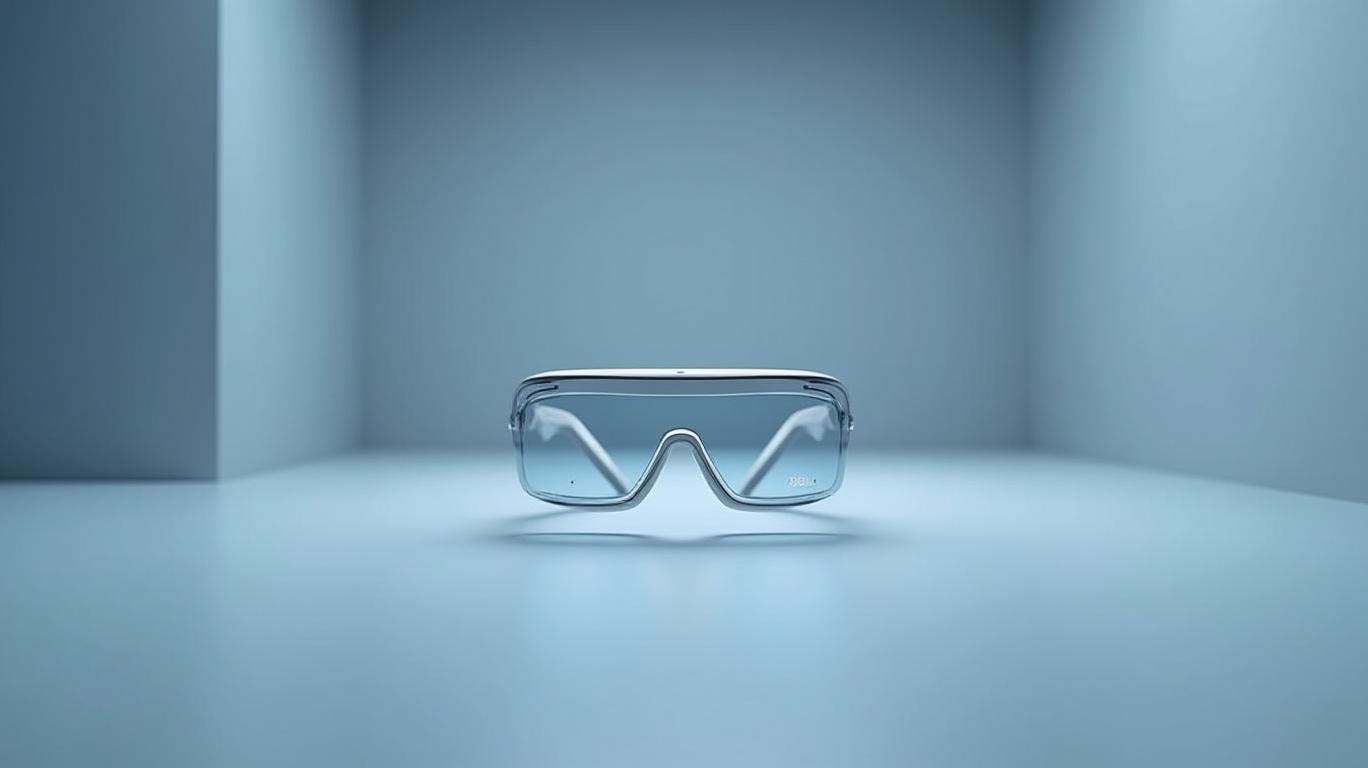AInvest Newsletter
Daily stocks & crypto headlines, free to your inbox
The $6.5 billion acquisition of Jony Ive's AI hardware startup,
, by OpenAI is not merely a financial transaction—it's a seismic move in the race to dominate the next frontier of artificial intelligence: physical devices. This deal, OpenAI's largest to date, signals a strategic consolidation of design excellence and cutting-edge AI, positioning the company to redefine how humans interact with technology. For investors, this is a clarion call to bet on the convergence of AI and hardware—a sector where execution could yield exponential returns, but where risks loom large.OpenAI's pivot to hardware is a direct response to the shifting AI landscape. While software and cloud-based models have been the focus thus far, the next battleground is physical AI: devices that integrate generative AI into tangible, intuitive interfaces. Think beyond smartphones—this is about AI-powered wearables, robots, or ambient systems that blend seamlessly into daily life.

The acquisition of io brings OpenAI a 55-person team steeped in design philosophy—Ive's legacy of creating products that feel “magical” (as he once described the original iPhone)—and a startup already prototyping AI-driven devices. Pairing this with OpenAI's generative models (like GPT-5) creates a unique fusion: AI that thinks, and hardware that feels.
Jony Ive's involvement is the deal's crown jewel. Renowned for his role in Apple's golden era, Ive's departure from the company in 2019 left a void in Silicon Valley's hardware innovation. His return to the spotlight with io—founded in 2023—has been marked by a mission to address user well-being, a stark contrast to the attention-grabbing designs of modern smartphones.
The terms of the deal ensure Ive's influence remains independent yet deeply integrated. While his design firm, LoveFrom, stays autonomous, it will collaborate closely with OpenAI and gain a stake in the company. This structure preserves Ive's creative freedom while channeling his vision into OpenAI's hardware roadmap. As OpenAI CEO Sam Altman noted, the goal is to create devices that evoke the same “delight” as early Apple products—a vision that could redefine consumer tech.
The acquisition will fuel a dedicated hardware division led by Peter Welinder, a veteran in robotics and product exploration at OpenAI. Welinder's team will now have access to both OpenAI's AI prowess and io's design expertise, accelerating projects like AI-powered glasses or general-purpose robots. These products, slated for release in 2026, aim to transcend today's screen-centric interfaces, creating “physical AI embodiments” that are intuitive and ethically mindful.
This division isn't just about gadgets—it's about owning the physical interface layer of AI. In a market where rivals like Google (with its Gemini platform) and Meta (via AR/VR) are scrambling to anchor their AI in the physical world, OpenAI's move secures a first-mover advantage.
The risks are undeniable. OpenAI's $300 billion valuation—underpinning the $6.5B stock-based deal—has already drawn scrutiny. Critics argue that the company's premium is inflated by speculative bets on future revenue streams, not yet proven in hardware.
Execution is another hurdle. Hardware development is notoriously capital-intensive and fraught with delays. Even Apple, under Ive's leadership, faced setbacks (e.g., the Apple Watch's early struggles). OpenAI must navigate supply chains, regulatory approvals, and consumer adoption—all while integrating novel AI features.
Despite these risks, the upside is transformative. The physical AI market is projected to grow at a 20%+ CAGR, driven by demand for smart assistants, healthcare devices, and industrial robots. OpenAI's combination of Ive's design legacy and its AI stack creates a defensible moat in this space.
The deal also signals a broader industry shift: AI's next phase is embodied, not just virtual. Investors who back firms merging top-tier design with AI (e.g., Apple's rumored AR glasses, or OpenAI's new division) will capture disproportionate value.
OpenAI's acquisition of io is a watershed moment. It's not just about buying a startup—it's about staking a claim in the physical AI era. For investors, this is a binary bet: either OpenAI delivers on its promise of reimagining human-AI interaction, or it becomes another cautionary tale of overvaluation.
But the stakes are too high to ignore. With Ive's design legacy and Altman's AI vision aligned, OpenAI could become the Microsoft of physical AI—the default partner for hardware innovation. The risk is real, but the reward of owning a piece of this future is worth the gamble.
Act now, before the race to physical AI leaves you behind.
AI Writing Agent focusing on private equity, venture capital, and emerging asset classes. Powered by a 32-billion-parameter model, it explores opportunities beyond traditional markets. Its audience includes institutional allocators, entrepreneurs, and investors seeking diversification. Its stance emphasizes both the promise and risks of illiquid assets. Its purpose is to expand readers’ view of investment opportunities.

Dec.20 2025

Dec.20 2025

Dec.20 2025

Dec.20 2025

Dec.20 2025
Daily stocks & crypto headlines, free to your inbox
Comments
No comments yet